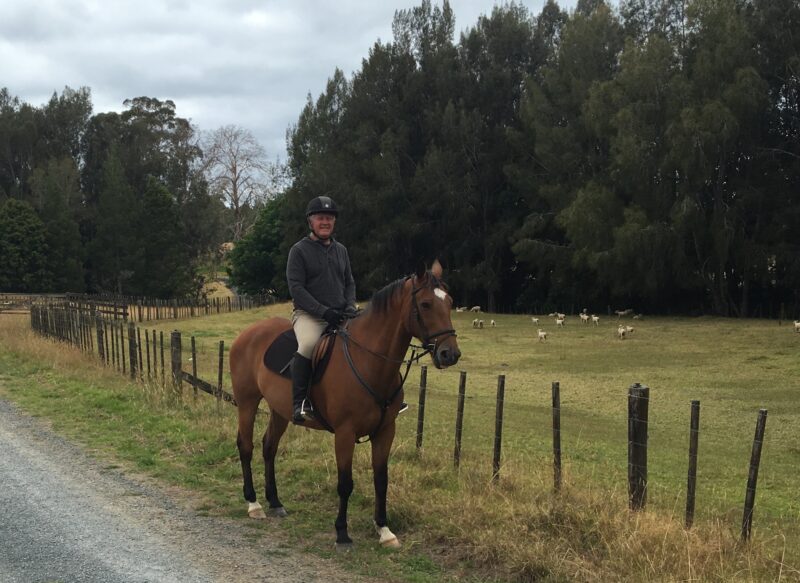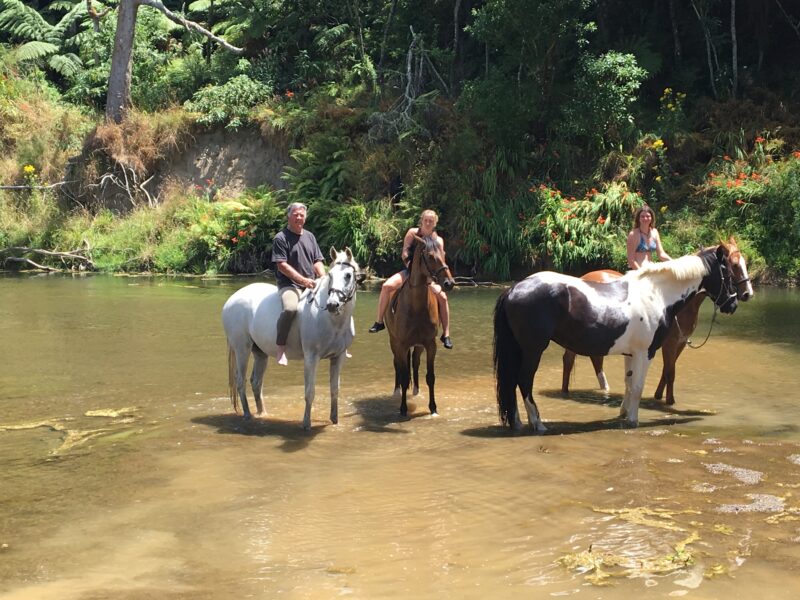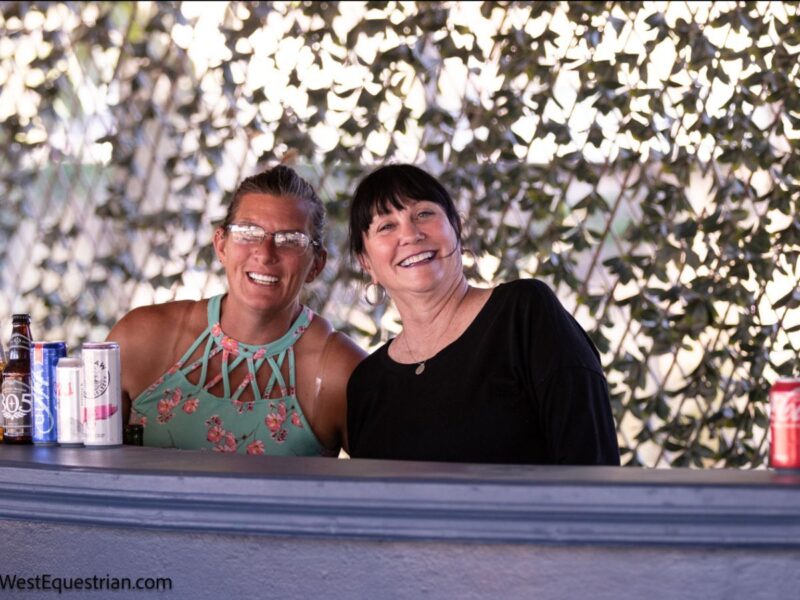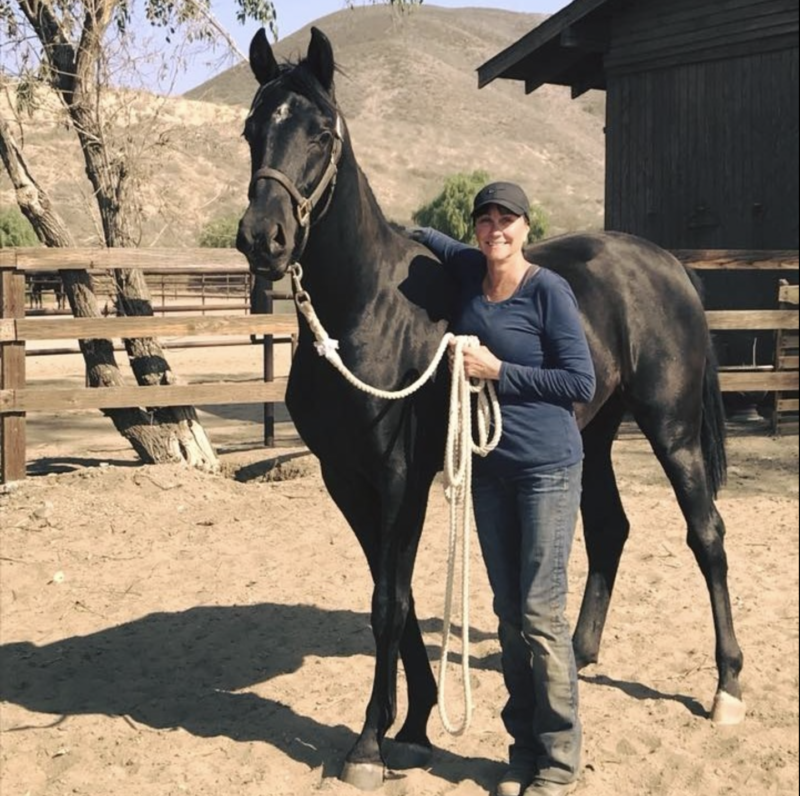As a six-time Olympic silver medalist and renowned international course designer, Ian Stark has seen a lot. One thing he hasn’t seen is another equestrian venue stage a clinic anything like the Galway Downs fundraising affair set for Jan. 19-21.
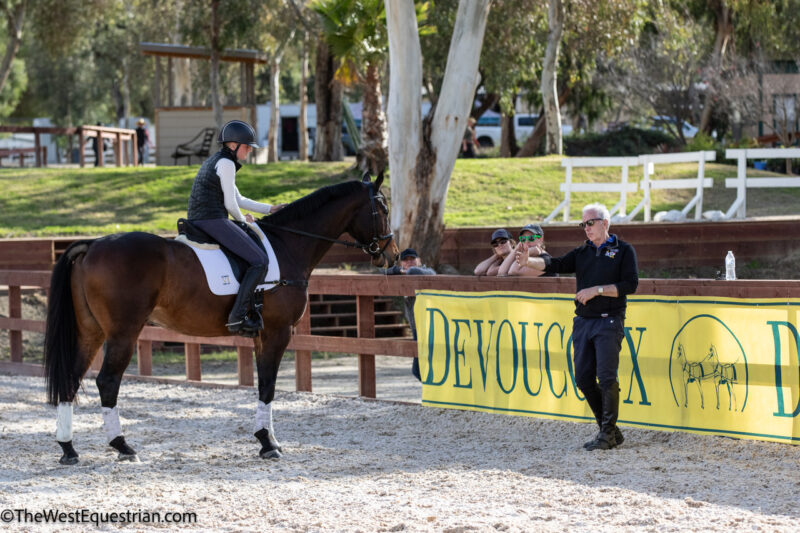
“It’s quite brilliant,” he says. “All these clinicians putting something back to help develop the sport and its venues.”
This year’s gathering marks the 26th year and Ian’s been there from the beginning. In fact, his connection to Galway Downs pre-dates the clinic because he’d flown over the year before to coach riders here.
He loves the knowledge ripple effect of the clinic. “Some of the riders are giving instruction themselves, and then I have them riding with me, too. Everybody benefits from that. It’s all encompassing and very positive.
“I think nearly all the more experienced riders are very keen to help all the young riders – to give some information and share their experiences,” Ian continues. “Our sport has always been great from that point of view and the Galway Downs clinic epitomizes that.”
Galway Downs’ Growth
Visiting every January and designing Galway Downs’ cross-country tracks for many years, Ian has had a front-row seat for the venue’s evolution. “Galway Downs has grown beyond all recognition,” he observes. “The whole venue is quite impressive.” Ian first came long before Ken Smith purchased the property and began investing in it as a multi-faceted special events site. While community soccer fields now occupy some of the original space for cross-country, Ian sees positives in that.
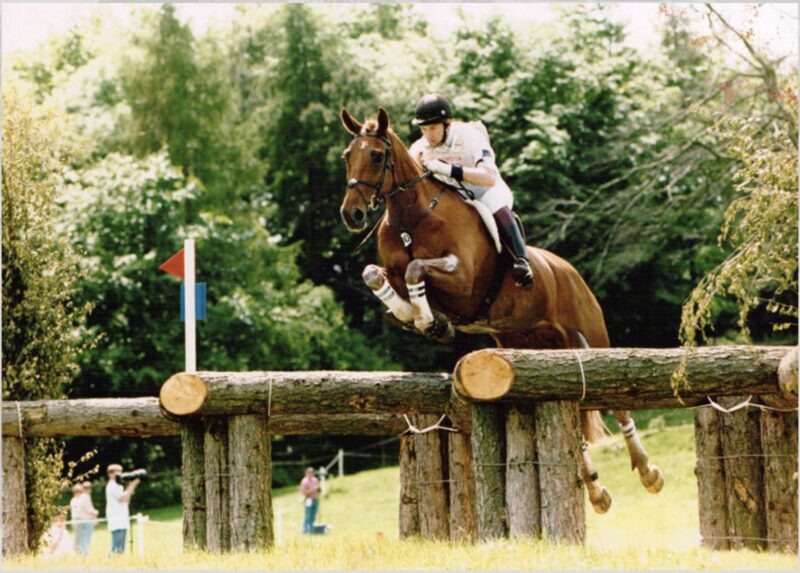
“There are so many great things going on out there now. With the soccer pitches being in grass, it does mean the footings change a little bit for the horses. And that means the riders have got to ride accordingly – their horses might react differently.” It’s an opportunity for competitors to develop the adaptability required in eventing.
Galway Downs’ evolution parallels the evolution of the talent pool preparing in the West. “The quality of the horses and riders has always been reasonably good, and it’s gone into another stratosphere now,” Ian observes. “The riders have so many more opportunities and now the West Coast can compete very competitively on the East Coast and against those based in the East. In the beginning, they were quite behind on that. I think a lot of that comes down to the dedication of people like Robert Kellerhouse and the other great organizers of West Coast competitions.”
One consequence of riders’ progress is that Ian has fewer opportunities to playfully admonish people for counting strides on cross-country. Early on, that was an obsession for many, not just at Galway Downs but among American riders in general, Ian shares. “I’d ask them to jump certain jumps on cross-country and they’d ask me how many strides? I’d say, I have no idea! Go and ride it and react to what you’ve got.”
Walking courses is useful for knowing whether a combination is a forward or holding distance, and evaluating terrain that affects that, he says. “But I’d much rather people rode from feel. You have to react to however the horse jumps into a combination, then make it happen for the rest of the combination.
“I like to tease American riders about being hellbent on knowing and riding for certain striding, but there’s a lot less of that now.”
Ian’s approach draws on his own training system. “My training has always been to ride around the farm, go out hunting, jump everything, get on with it and react.” He acknowledges, however, that “there is a lot to be said for both approaches. Instinct and feel are, for me, more important than the number of strides. But when you walk a course, you’ve got to know whether it’s an open or short distance, then have the feel to react if your horse jumps in too boldly or a bit backward and be able to make happen what needs to happen.”
As a competitor and a course designer, Ian has seen the whole sport of eventing evolve. “It’s a different sport, to be honest,” he says. “When I was competing, we still had roads and tracks and steeplechase and the courses at Badminton and Burghley were 13 minutes long. We don’t get courses that long anymore. Cross country day was speed and endurance. It’s still difficult to make the time and gallop clean around many of our courses, but it’s not quite the stamina affair it used to be.
Course Design Finish Line
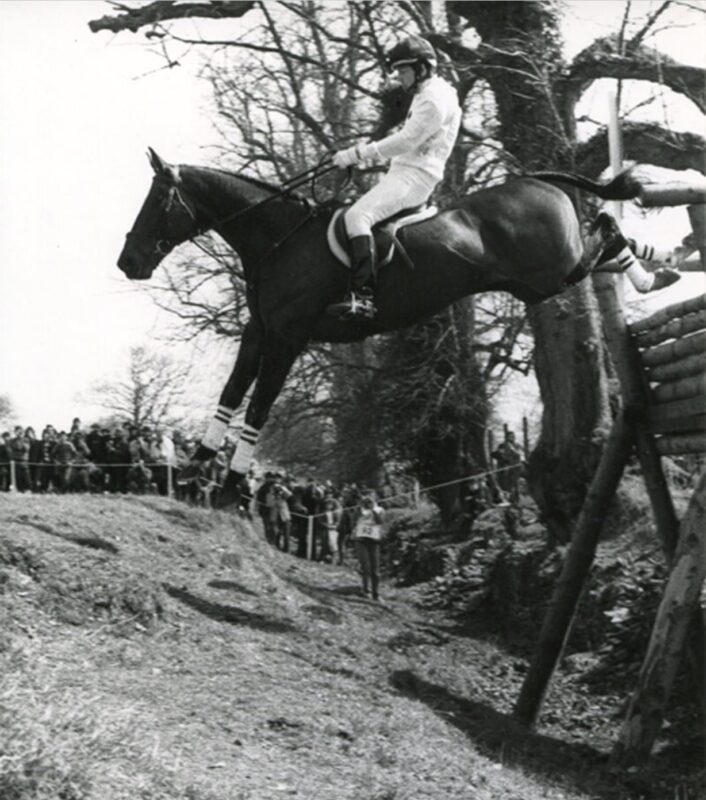
“Everything evolves,” Ian concludes. That includes his course designing career. Fair Hill International this October will be his last course designing assignment. He’s facing the reality with mixed thoughts and emotions.
Until a few years ago, the International Equestrian Federation, the FEI, mandated that officials retire at age 70. That extended to 72, then the limit was removed all together. Yet, Ian had geared this life plan toward retiring at 70 and he’s sticking to that despite considerable pressure to continue.
“I think it’s a good decision. I’ve always been very aware of and anxious about hanging on to something for too long,” he shares. “Knowing when to quit is never easy. If you hang on too long you could lose your edge and stop younger people from coming through. I’d rather go when people still want me!” He acknowledges there are different perspectives on this question but feels good about his own.
His family’s Ian Stark Equestrian Centre and his adult children and four young grandchildren tilt him toward the original retirement timing. Plus, he’ll keep a hand in course design’s future as a mentor to younger designers.
Ian hopes the pipeline of younger designers will get fuller. Since the FEI implemented more levels of course designer certifications and requirements, “it’s become even more difficult for young ones to get to the top levels,” Ian observes. “It worries me that it takes too long to move up to the higher levels and I hope there will become a way for the very talented ones to be fast tracked.”
Course design is not a track for the faint of heart, he cautions. “When you’re riding, you get a knot in your stomach until you get on and get that adrenaline going. As a designer, you don’t get that release of pressure. And the pressure is enormous.”
The work’s rewards come at day’s end. “The most gratifying aspect of course design is when a rider comes up at the end of the day and says their horse was a bit green at the beginning, but it improved throughout the round and finished with a smile on its face.”
Busy “Retirement” & A Brilliant Career
Even without designing around the world, Ian has plenty to keep him busy. Run by his wife, Jenny, the Ian Stark Equestrian Centre is located on 500 acres in the Scottish Borders’ town of Selkirk. It offers lessons and a full calendar of competitions and events.
Helping Great Britain earn team silver at the 1984 Los Angeles Olympics was a launch point for Ian’s international riding career. His resume includes six Olympic silver medals; World Championships team gold and silver and individual silver; and six team golds, plus individual gold and silver, at the European Championships. He is a three-time Badminton winner and remains the only rider to have finished 1st and 2nd in the same year, which he did in 1988.
Ian retired from team riding in 2000 and “mostly” retired from riding in 2007. The allure of the saddle, however, is such that Californians have seen him campaign or school a horse or two over here in the years since.
Snow skiing fulfills Ian’s free time these days, making up for the years when he abstained because of its injury risks.
His many honorifics include MBE from the Queen of England in 1989 and OBE in 2000; Honorary Fellowship of the British Horse Society and induction into the Halls of Fame of Sporting Scotland, Sporting Scottish Borders, the British Horse Society and the Event Riders’ Association.
In short, he’s a living legend in our sport and the wisdom and wit he’ll share at the Galway Downs fundraising clinic is not to be missed.

